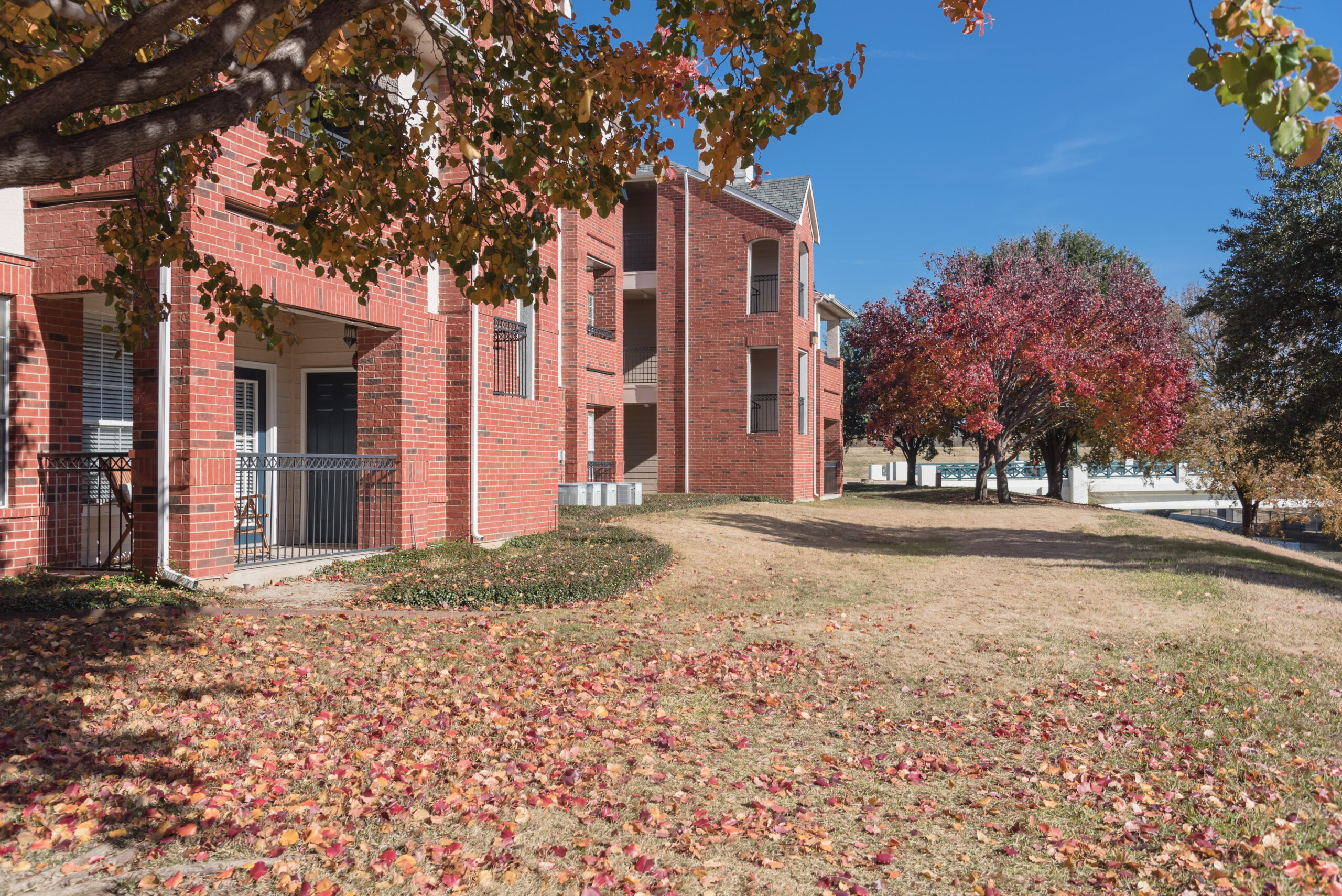5-minute read
It’s a scenario all landlords dread:
A tenant slips and falls on a wet floor in the lobby of one of their apartment buildings, breaks an ankle and has filed a claim.
The claim is for $150,000, which includes medical bills, lost wages, and pain and suffering.
The property owner immediately reports the claim to their insurance company, which assigns an adjuster to investigate the incident. Based on the findings of the investigation, the insurance company determines that the property owner was liable for the accident due to negligence in maintaining the lobby area.
Now what?
Fortunately, the property owner had purchased a comprehensive commercial insurance policy that covers slip-and-fall accidents, among other incidents. The insurance policy covers the claim in full, meaning the property owner pays nothing out of pocket.
Their insurance premiums did increase slightly because of the claim, but the peace of mind that came with having insurance coverage for such incidents was well worth it.
The Types of Insurance Coverage Every Multifamily Property Owner Needs
Owning or investing in a multifamily property can be a smart financial move, but as any landlord knows, it also comes with a variety of risks. Here then are the types of insurance coverage you will need as a multifamily property owner or investor:
- Property Insurance: Property insurance is a crucial type of insurance coverage for any property owner or investor. It provides coverage for damage to your building and its contents due to events like fires, storms, or theft. This coverage can include repairs or replacement of damaged property, as well as compensation for lost income if your property becomes uninhabitable due to a covered event.
- Liability Insurance: Liability insurance is another essential type of coverage for multifamily property owners or investors. It can protect you from lawsuits related to injuries or damages that occur on your property. This could include slip-and-fall accidents, property damage, or even wrongful death claims. Liability insurance can provide coverage for legal fees, settlements, or judgments that arise from these types of claims.
- Business Interruption Insurance: Business interruption insurance is designed to provide coverage for lost income if your multifamily property becomes uninhabitable due to a covered event, such as a natural disaster. This type of coverage can help you recover lost revenue and continue to pay your expenses during the time it takes to repair your property and get it ready for tenants again.
- Flood Insurance: Depending on your property's location, flood insurance may be a necessary type of coverage to consider. Standard property insurance policies typically do not cover damage caused by flooding, which can be a significant risk for multifamily properties located in flood-prone areas.
- Workers' Compensation Insurance: If you have employees working on your multifamily property, workers' compensation insurance may be required by law in your state. This type of coverage can provide compensation for medical bills and lost wages if an employee is injured or becomes ill while on the job.
- Umbrella Insurance: Umbrella insurance is a type of liability insurance that provides additional coverage above and beyond the limits of your other liability policies. This type of coverage can provide peace of mind and additional protection in the event of a catastrophic incident that exceeds the limits of your other insurance policies.
Key Factors Insurance Underwriters Consider When Insuring Multifamily Properties
Securing coverage isn’t always easy, especially for properties in coastal areas.
Beyond location, the risks that insurance underwriters consider when insuring multifamily properties can include a property's age, construction materials, and occupancy type. Here are some of the key factors that insurance underwriters will typically consider when assessing a multifamily property insurance policy:
Location: It’s an obvious point but worth noting: a property located in a flood zone may be viewed as having a higher risk of flooding, while a property located in an area with a high crime rate may be seen as having a higher risk of theft or property damage.
Construction: The materials used to construct a property can also impact the risk profile for insurance underwriters. For example, a property constructed with fire-resistant materials may be viewed as having a lower risk of damage from fires, while a property constructed with older, more combustible materials may be seen as having a higher risk.
Occupancy Type: The type of tenants and occupancy of a property can also impact the risk profile. For example, a property with primarily elderly or disabled tenants may be seen as having a higher risk of liability claims, while a property with professional tenants may be viewed as having a lower risk.
Loss History: Insurance underwriters will review the property's loss history to assess the likelihood of future claims. A property with a history of frequent claims or high-dollar claims may be viewed as having a higher risk and may be charged higher premiums or offered lower coverage limits.
Safety Features: Insurance underwriters will also consider the safety features of the property, such as fire alarms, sprinkler systems, and security measures. Properties with adequate safety features may be viewed as having a lower risk profile and may be offered lower premiums.
Conclusion
Owning or investing in a multifamily property can be a smart financial move, but it comes with a variety of risks. To protect your investment and give yourself peace of mind, it's important to have the right insurance coverage in place. By considering the types of coverage outlined above and working with an experienced insurance professional, you can create a comprehensive insurance plan that meets your unique needs and protects your multifamily property investment.
The Mahoney Group, based in Mesa, Ariz., is one of the largest independent insurance and employee benefits brokerages in the U.S. An employee-owned organization, we’ve been providing our clients with the confidence to face whatever lies ahead for more than 100 years. For more information, contact us online or call 877-440-3304.

This article is not intended to be exhaustive, nor should any discussion or opinions be construed as legal advice. Readers should contact legal counsel or an insurance professional for appropriate advice.
